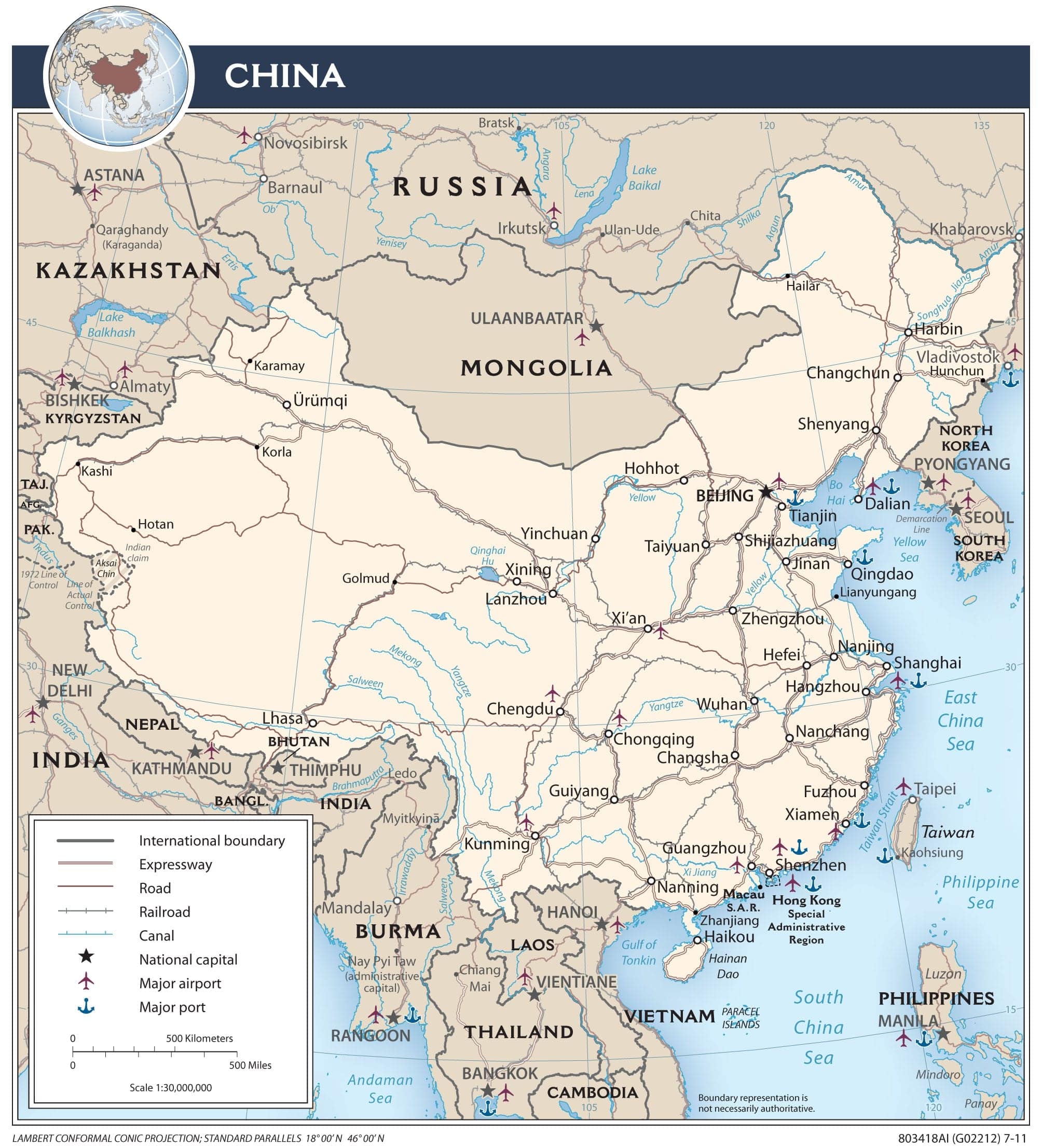
China's Deepest Offshore Wind Project Achieves Grid Connection
China has made a significant breakthrough in its renewable energy sector with the successful grid connection of its farthest offshore wind power project. This achievement marks a major milestone in the country’s efforts to harness deep-sea wind resources, as reported by the state-owned China Three Gorges Corporation (CTGC).
On July 5, at 3:12 a.m., the first batch of units from the 800-megawatt offshore wind power project in Dafeng, Jiangsu Province, was connected to the grid. The event occurred during a critical period for summer electricity demand, highlighting the importance of this development for national energy stability. The blades of Unit 9 began turning, signaling the start of power generation.
The Dafeng project is located northeast of Yancheng City and consists of four subsites. Among them, Subsite H8-1 is the most distant, situated 80 kilometers offshore, with its outermost point reaching 85.5 kilometers from the coast. This makes it the farthest offshore wind power project connected to the grid in China so far.
The wind farm includes 98 wind turbines and three offshore booster stations, with a total installed capacity of 800 megawatts. According to CTGC, this project is not only a technological feat but also a step forward in exploring deeper waters for renewable energy production.
Overcoming Construction Challenges
Project manager Shi Shuaishuai highlighted the unique challenges faced during the construction of the project. Due to its remote location, it takes six to seven hours by boat to reach the construction site. The team encountered obstacles such as large ocean swells, harsh weather conditions, and seabed sediment erosion.
To overcome these difficulties, the project team implemented a self-developed meteorological warning platform, which helped identify optimal weather windows for construction activities. At peak times, over 1,000 workers were simultaneously working at sea, demonstrating the scale of the operation.
Liu Yu, another project manager, stated that the wind farm is expected to achieve full-capacity grid connection by the end of December. Once fully operational, the project is projected to generate approximately 2.6 billion kilowatt-hours of clean electricity annually. This amount of energy could meet the yearly power needs of about 1.1 million households, each consisting of three members.
Growth in Wind Power Capacity
According to a report from the National Energy Administration (NEA) released in January, China's newly installed wind power capacity reached 79.82 million kilowatts in 2024, representing a 6 percent year-on-year increase. This includes 75.79 million kilowatts from onshore wind and 4.04 million kilowatts from offshore wind.
By December 2024, the cumulative wind power grid-connected capacity in China reached 521 million kilowatts, reflecting an 18 percent year-on-year increase. Onshore wind contributed 480 million kilowatts, while offshore wind accounted for 41.27 million kilowatts.
Global Potential of Offshore Wind Energy
Globally, offshore wind energy resources exceed 71 billion kilowatts, with deep-sea areas accounting for more than 70 percent of this potential. However, less than 0.5 percent of this resource has been developed, despite the higher potential of deep-sea sites due to average wind speeds above nine meters per second and greater power generation hours compared to near-shore locations.
The Dafeng project demonstrates the feasibility of deep-sea wind power, according to CTGC. The development of this project not only provides additional green energy to support Jiangsu's economic and social growth but also plays a crucial role in advancing China's capabilities in deeper offshore wind power projects.
Future Prospects
As China continues to invest in renewable energy, the success of the Dafeng project sets a precedent for future offshore wind developments. With advancements in technology and increased understanding of deep-sea conditions, the potential for further expansion in this sector remains vast. The project serves as a model for how innovation and perseverance can lead to sustainable energy solutions, contributing to both national and global climate goals.
Post a Comment